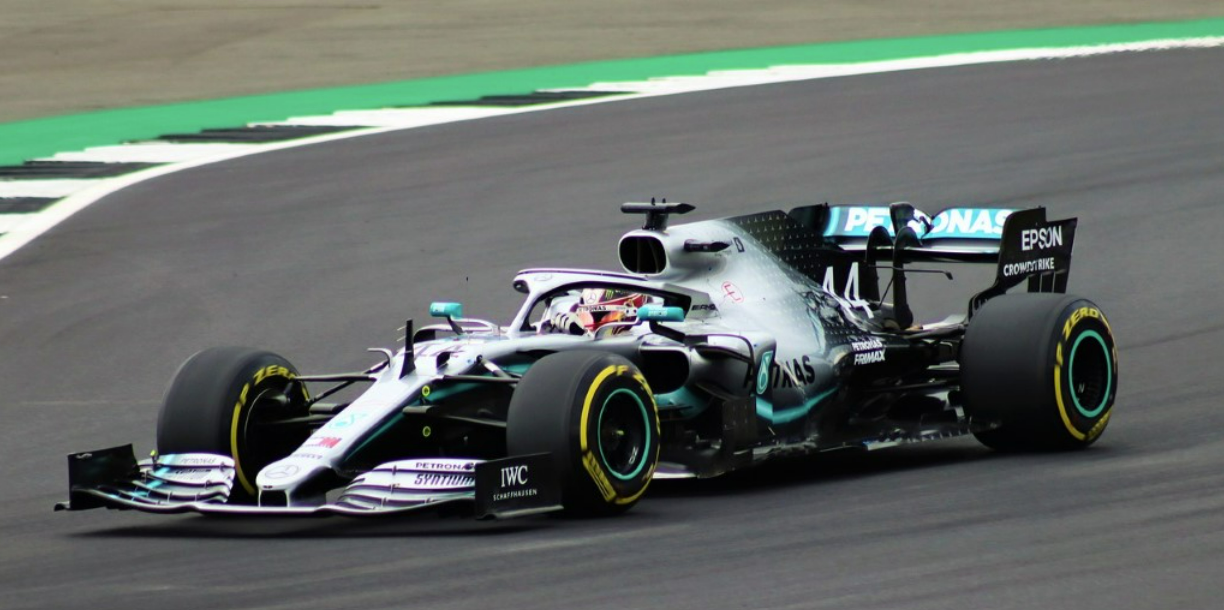TechTalk Daily

By Rob Enderle
Read this article on TGDaily
AMD and Mercedes may be one of the most powerful and interesting technology racing partnerships currently in existence. AMD had a prior partnership with Ferrari, but it seemed to be more of a marketing relationship than an operational one. This time, the AMD relationship highlights one of the market advantages in terms of server performance, making it more powerful than the earlier effort. It showcases how these things both should and should not, be done.
Let’s talk about AMD, F1 racing, and Ferrari this week.

The first AMD/Ferrari relationship was fun, but since it involved AMD laptops that were used by the pit crew, it was more of a marketing relationship because pit-crew laptops are more about rugged designs than they are about processor performance. Still, one of my favorite laptops came out of that deal, a co-branded red Ferrari laptop from Acer. It had decent power for the time, not the greatest battery life, and it made a Ferrari engine sound when booting which I so enjoyed when I was in a conference room meeting (the other attendees not so much).
It was good for sales who could bring clients to the races, and an accessional analyst and these were awesome trips. Some of the most fun at the time was that Intel had tied its Itanium brand, which was doing poorly in the market, to a team that was also doing very poorly. Ferrari was constantly in the winning circle while the Intel team seemed to rarely finish a race. Clients, reporters, and analysts got a big kick out of seeing the AMD car win while the Intel car broke down in the middle of the track.
But this was more marketing drama and sales entertainment than any real endorsement of AMD’s technology in a meaningful way by Ferrari.
One thing that has changed is that AMD is truly competitive now. It’s no longer merely the lower-priced, lower-performing option to Intel. While it’s often still priced under Intel’s offerings, AMD’s products perform in-line and often materially better than its Intel counterparts. This means that a team like Mercedes Petronas is getting a competitive advantage from using AMD, this time on their servers, to gain a material racing advantage.
Using AMD’s now market-leading EPYC processors, Mercedes F1 claims a 20% gain in performance for computational fluid dynamics which define much of how its race cars will perform on the track. F1 car advantages, outside of financial advantages which can be dramatic, are often in the single-digit percentage range so a 20% competitive advantage in any critical aspect of racing operations is potentially huge for the team.
Granted, there isn’t an immediate impact of these advantages on cars because technology is being applied to car design which can take months to years to be realized. But, should this partnership improve, as expected, Mercedes’ improved performance on the track with one of the new, better-analyzed designs will be a huge gold star for AMD and an incredibly important set of wins for both entities. It will return Mercedes to the winner’s circle and highlight that AMD EPYC solutions are more than competitive. They’re potentially game-changing.
AMD’s first partnership with Ferrari did uplift AMD’s brand, but it was kind of a disconnect given Ferrari is a premium brand and AMD, at the time, was a value brand. But in the years since that partnership, AMD has improved its competitive capabilities, particularly in the server space. Mercedes-AMG Petronas F1 recognized an opportunity to gain competitive advantage using technology from AMD. As a result, we are likely to see the Mercedes-AMG Petronas F1 team begin to perform better and AMD rightly taking some of the credit for that performance which should help AMD market that advantage far more successfully going forward.
In closing, it is also interesting to note that Qualcomm now has a Ferrari partnership. Not with the racing cars but for in-car entertainment and for some of Ferrari’s F1 in-car systems. The two efforts aren’t competing, and there is a chance that some future teams could be sponsored by both companies.
F1 racing is likely going to get a ton more technologically interesting going forward.